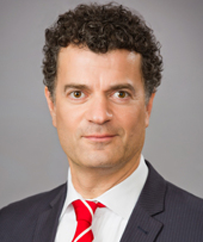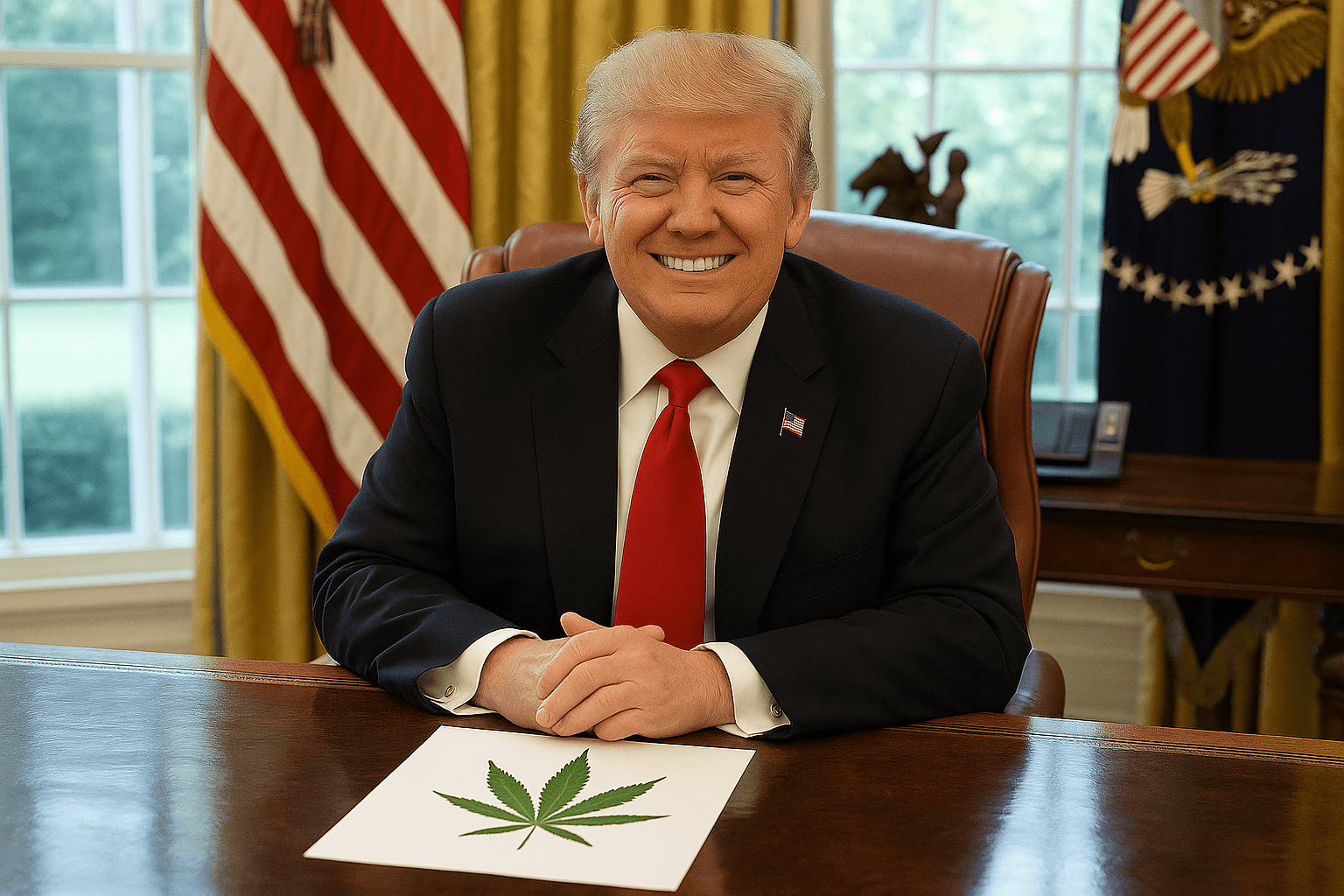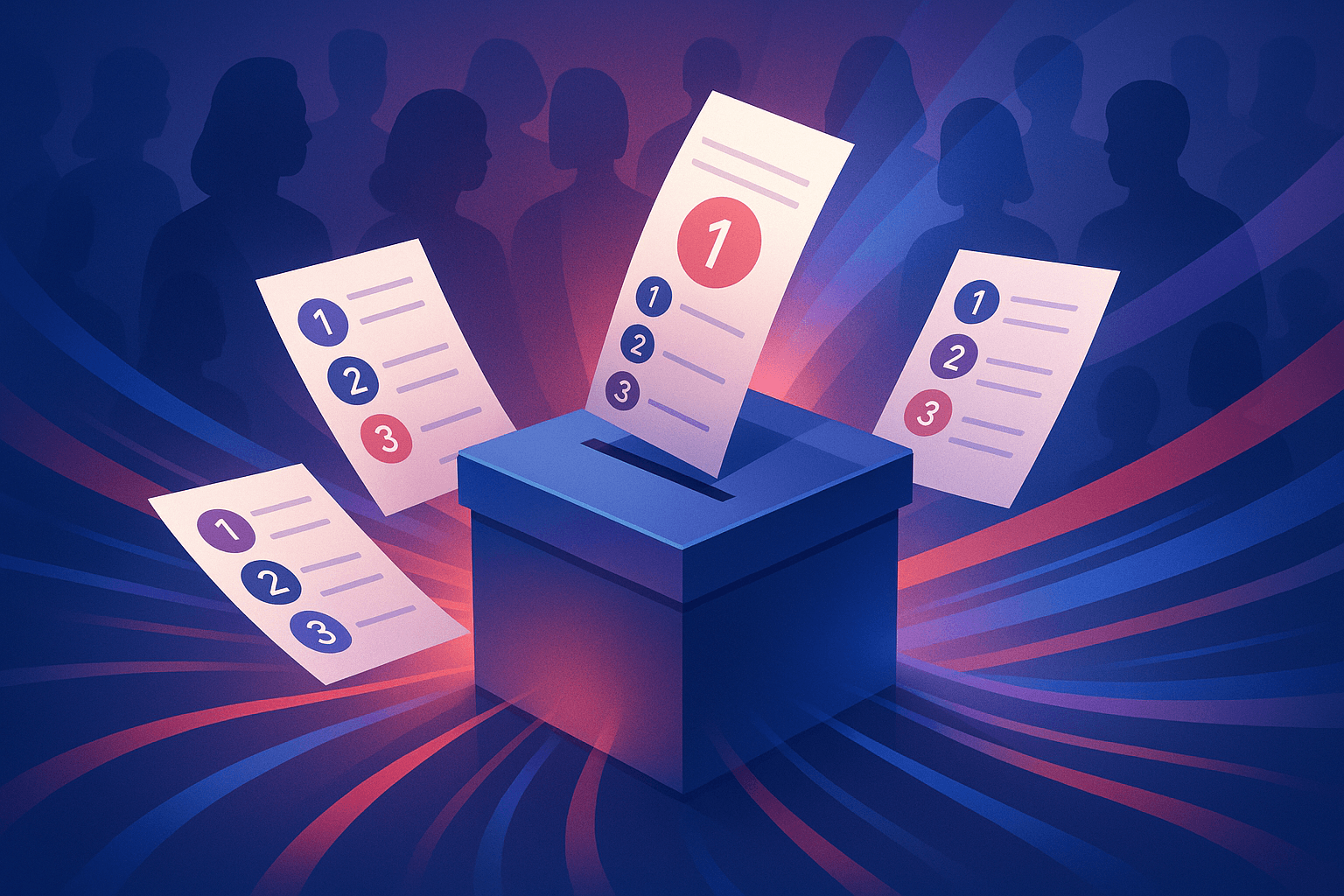CalEPA’s Jared Blumenfeld on Grounding COVID Recovery in Climate Action

As the state of California grapples with record-breaking heat, wildfire, pandemic, and a $54 billion budget deficit, TPR spoke with California Environmental Protection Agency Secretary Jared Blumenfeld to discuss how his agency’s priorities have been impacted by the overlapping crises and continued federal antagonism to climate action. Secretary Blumenfeld reiterates Governor Newsom's commitment to ensuring safe and affordable rural drinking water supplies and opportunities to propel the state’s post-COVID economic recovery with clean jobs.
Jared, what were your environmental priorities when you accepted appointment as California EPA Secretary, and how have the extraordinary events of 2020—including the pandemic—impacted your quest to accomplish those priorities?

My priorities coming into this job were really the governor's priorities, which started with Safe and Affordable Drinking Water, climate change, creating a circular economy, and dealing with reducing pesticides
Unfortunately, since the beginning, we've had to deal with pushing back on the Trump administration. One would imagine that the federal government would have better things to do than continue to steamroll environmental statutes and health protections during a time of a health emergency, but those efforts have remained full steam ahead.
Another big element is enforcement. I put out a memo on February 14th about enforcement within CalEPA and how that's been recalibrated due to not having inspectors out in the field. In some ways, everything has changed since COVID, but we're still keeping an eye on long-term goals like achieving carbon neutrality by 2045 and getting to 40 percent below 1990 emission levels by 2030. The real focus that I came into this job looking at is community health, and certainly that's come into higher focus as a result of COVID-19.
Elaborate on today’s challenges, what you've been able to accomplish, and what you still wish to accomplish relating to clean and affordable drinking water?
We now realize that drinking water, food, and shelter—things we took for granted even a few months ago—are things we can't do without. If anything has been day-lighted through COVID-19, it’s the inequalities in our society that have been brought to higher relief.
Communities that had less and were vulnerable have become more vulnerable and are bearing the brunt of COVID-19. When I would talk about how many people don't have access to safe and affordable drinking water in California, people thought I was crazy.
A lot has been put in place to allow for mandatory consolidations. Now, we have the ability to create administrators that can oversee drinking water systems where there just isn't the proper oversight and accountability to have the system come into compliance. We now have the SAFER program that provides $130 million per year towards operation and maintenance. Small system communities just couldn't pay for the upkeep of their system to remove arsenic or contaminants from drinking water.
One of the first things the governor did within the COVID context was issue an emergency order preventing systems from being shut off for lack of payment. That was an early action that the administration took for COVID, but it was amazing how many families had their water shut off last year who hopefully won't have it shut off this year.
We're facing a difficult question because the funding for that drinking water program came from cap-and-trade—revenues from GGRF (Greenhouse Gas Reduction Fund)—and so understanding how we keep the programs within the $54.3 billion budget deficit is our biggest single challenge.
Help our readers appreciate the tradeoffs that attend the ambitious drinking water plans the Administration is championing.
In terms of the trade-offs, our lens is two-fold at the moment. One is making sure we deliver safe and affordable drinking water to communities. Another is fast-tracking jobs and economic recovery and looking at how we can front-load some of the construction that might have come later in the normal course of business.
The most effective things that we can do are administrative—namely, consolidating a small system with a larger, metropolitan system—to get things going much quicker. At the same time, there's real infrastructure that needs to be built out in some communities. There's no one-size-fits-all solution; this is a community-driven process, which really exemplifies the work at CalEPA generally—whether it's climate change or recycling. Each community has its own needs and demands, and especially during COVID you can't have a cookie-cutter approach to solving environmental problems in the state.
Regulation of PFAS chemicals and other toxics confront Southern California water purveyors and customers. How is CalEPA addressing the challenge of regulating these chemicals?
PFAS is a forever chemical, and it's fairly ubiquitous; it’s is in everything from carpet to rain jackets to Teflon, and the difficult thing is this issue of response level. A response level has de facto become a regulatory mandate because the minute water systems have to inform their customers that there's a detectable limit within that response level, they want to take those wells offline.
“The Governor ran on a platform of ‘California for All’, and that really means coming together as a state right now, and realizing how hard rural communities are being hit… All of these things that we've been focused on have been brought into higher relief through COVID-19.”
In Southern California, especially Orange County, we work extensively to try and make sure everyone is on the same page with the science. There are 7,400 PFAS compounds, so part of the issue we're going to be dealing with as a community is how to regulate a class of chemicals, because if we do it chemical by chemical, we just won't have time. We're actually talking to the US Department of Energy and Lawrence Berkeley Labs to look at how we can use supercomputing to understand the behaviors of those different classes of chemicals to begin to regulate chemicals by class in the future.
There are more than 80,000 chemicals in production. What I hear when I talk to the regulated communities, it feels like Whack-a-Mole to them: every day there's a new issue. We need to think holistically about how we deal with these chemical types rather than each individual compound.
Speaking of complexity, at last January’s VerdeXchange conference, waste recycling, reuse, and management garnered a great deal of participant attention. Orient our readers on where the State is today on reforming recycling, zero waste, and composting?
The very brief history is that Byron Sher set this goal for the state to be at 50 percent diversion by 2000. We then set a goal to be at 75 percent by 2020. Our number has gone precipitously down since then, and our recycling rate is at about 42 percent. Not bottles and cans—they're still doing around 75 percent—but if you look at all municipal waste, how much is recycled, and how much ends up in a landfill, the number is not doing well.
For me, it's a huge opportunity to build jobs and remanufacture materials in California. We are producing more and more plastic crap that, frankly, we don't need. The governor has been very clear on recycling issues, and when he and I were in San Francisco, we came up with the zero-waste goal and food scrap composting program.
The primary law on the books that needs to be implemented is SB 1383, and it relates to super pollutants known as short-lived climate pollutants (SLCP). The methane from primarily food scraps is a huge climate issue but could be a benefit if we can turn that food into compost and land-apply it. We're working with Department of Food and Agriculture's Karen Ross to understand the ability to sequester carbon into soil.
At the moment, people are frustrated. I think we're looking at turning that corner, and actually using the opportunity presented by the need to create jobs in California through the recycling and reuse sector.
At the VerdeXchange 2020 Waste Charrette there were serious concerns raised by stakeholders that the State’s rules and regulations were impossible to comply with. Is that a fair criticism?
Part of the problem is that the system was created to benefit some and not others, and those folks don't want it to change.
The attempt is to look at different systems, like extended producer responsibility or how we can use stewardship organizations, to supplement the system that we have. We've painted ourselves into a corner; it's so complicated.
We're 50 years after the first Earth Day and we've lost a lot of the public because of the level of complexity. It took me two and a half hours to get through the first presentation about the bottle bill when I came into this job—how it works, who gets paid what, how the incentives work—it's absurd. When you have that level of complexity, it's very hard to change anything because the legislature is reluctant to tinker with things that are that complex, and the vested interests that are doing well don't want it changed.
At some level, we really need to reimagine, refashion, and rethink what we're doing in this space. We used to be a leader, but we no longer are today.
Another priority of CalEPA and the governor is the Central Valley—most especially the plight of farm workers—now particularly hard hit by the pandemic. With the pandemic cratering public budgets, does the Administration still have the aforementioned priorities?
Yes. There are different pillars of justice: economic justice, criminal justice, and another pillar is environmental justice. Using the tools that we have, like CalEnviroScreen, to look at the communities that are most vulnerable to COVID-19, right now, we can see the epicenter—where 700 out of every 1,000 are testing positive—in Imperial County.
From Imperial County through Coachella to the San Joaquin and Sacramento Valleys and Redding, we've got an interior belt to the state. The governor ran on a platform of California for All, and that really means coming together as a state right now and realizing how hard rural communities are being hit. If you're living in a place like the San Joaquin Valley that has the worst PM 2.5 pollution in the nation by far, that can exacerbate your COVID vulnerability up to 30 times greater than someone who's living in an area with good air quality. All of these things that we've been focused on have been brought into higher relief through COVID-19. Certainly, our attention on the Valley—whether it's Imperial or San Joaquin—remains steadfast.
Rebuilding takes money and you've mentioned cap-and-trade and the impact COVID has had on the carbon market. Does the state have the tools and resources to continue to execute on its bold environmental agenda?
Cap-and-trade is a tool to bring down our greenhouse gas emissions—that's what it was designed to do. In that context, it's been successful, but it's not by any means the only tool. Just last month, the Advanced Clean Truck rule was passed through the Air Resources Board.
Cap-and-trade is a market-based tool, and when there are less carbon emissions, there are less allowances that are required to be purchased. There has been a reliance on those funds to help stimulate incentive programs—although those are going through a painful process of reassessment—in terms of the climate priorities, they remain very strong.
We have to keep our eye on the prize and use all the tools that we have including fighting very hard to keep our authority to regulate tailpipe emissions. That is probably the single largest sector where—because of COVID, frankly—we've been seeing benefits from reduced vehicles miles traveled. We're looking at how we maintain those.
In your last VX interview, you lauded the collaborative relationships you have with others in the Newsom administration, like Wade Crowfoot at Natural Resources. Is this still the case?
We've been working with Labor Secretary Julie Su on just transition within the climate and oil/gas context. We work with Secretary Mark Ghaly and new Surgeon General Nadine Burke Harris on the connection between health, COVID, and climate change. I work a lot with Karen Ross on these issues of climate sequestration and how we reduce the toxicity of pesticides. Every day we're working with Keely Bolser and the Department of Finance. There's been a really collaborative spirit, and this time of crisis in some ways pushed us to work more collaboratively than we would have otherwise.
Pivoting to Water: is there a possibility of a breakthrough in the next year or two related to both the San Joaquin Delta and governance of water quality, security, and supply in the State?
In terms of the bigger question, we have a regulatory pathway: the San Joaquin system is Phase One and the Sacramento stem system is Phase Two of the Water Quality Control Plan at the State Board. Our goal is to bring inflow, habitat, and outflow through the Golden Gate; those are the three criteria we're looking at.
There's a whole governance in how we work together collaboratively to put money towards science. Very little has gone towards looking at Bay Delta habitat—they've all gone to pump interactions with species; we don't actually know as much as the public would imagine around how we can create the Bay Delta ecosystem.
Everyone wants the voluntary agreements to work. We need to work with the federal government because they play a very large role in state water projects. The biological opinion that was issued in 2019-2020 has been demonstrated to not be sufficiently protective of species in California. We need to come to an agreement about how we can settle our differences with the federal government. Even in this administration there's hope because we know what disagreement looks like. What's more heartening is that people realize that agreement is also possible.
If we are able to finalize voluntary agreements and resolve the issues around the biological opinions, then we're in a position to move forward with a more global voluntary agreement with a lot of different parties coming to the table.
We feel good about the framework we published for the voluntary agreements. There's still a huge amount of work to be done, but a great deal of work on governance issues, legal issues, policy issues, and science issues have already been resolved.
Lastly, with the election now just months away, what are you hoping the next administration will prioritize with regards to environmental policy?
Well, not Trump—I might as well put it out there. I'm a shameless Democrat, so I'm not going to pretend. To the extent that we do have Trump, we build strong relationships with many of the people who want to get work done on the ground. I think there's a large gap between the rhetoric you read in the newspaper and the willingness of civil servants and political appointees to roll up their sleeves and get the job done.
On a lot of big issues, people say it doesn't really matter who you vote for, but if you really care about the environment, this is a really big election as it relates to California and where we want to go on a whole host of issues from climate change to water to ocean policy to oil and gas.
This story was republished with permission from The Planning Report.





